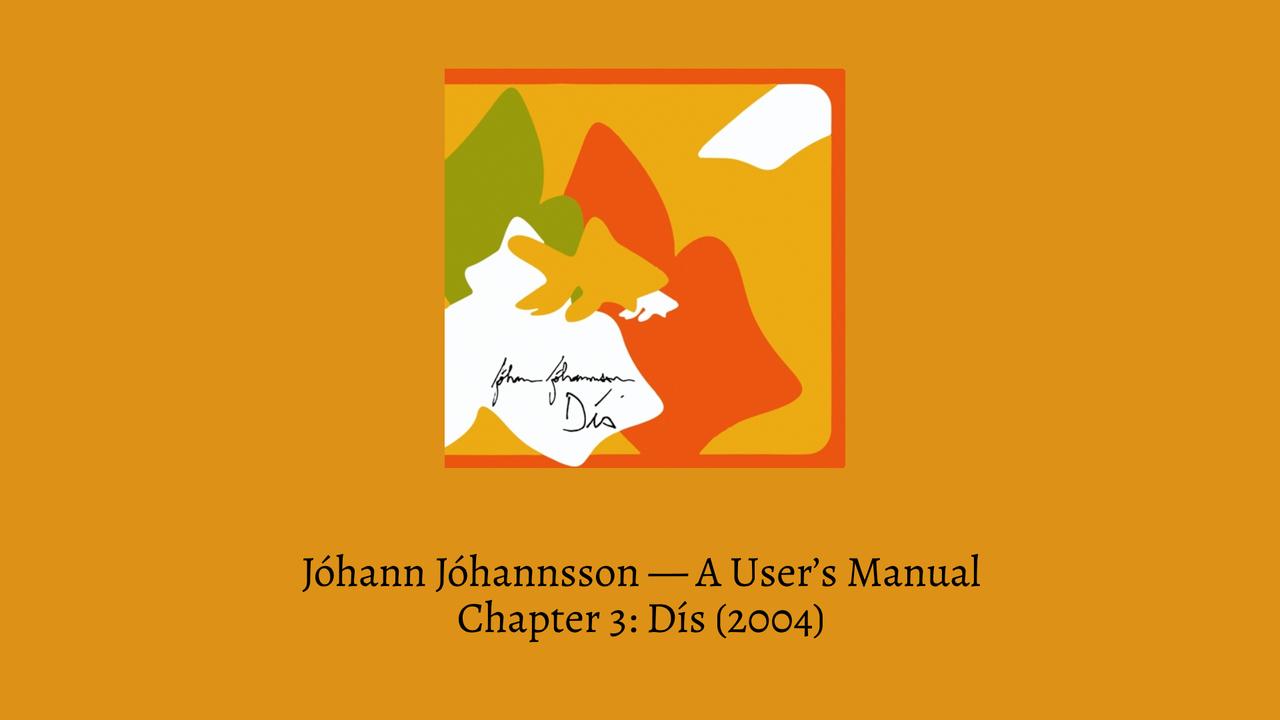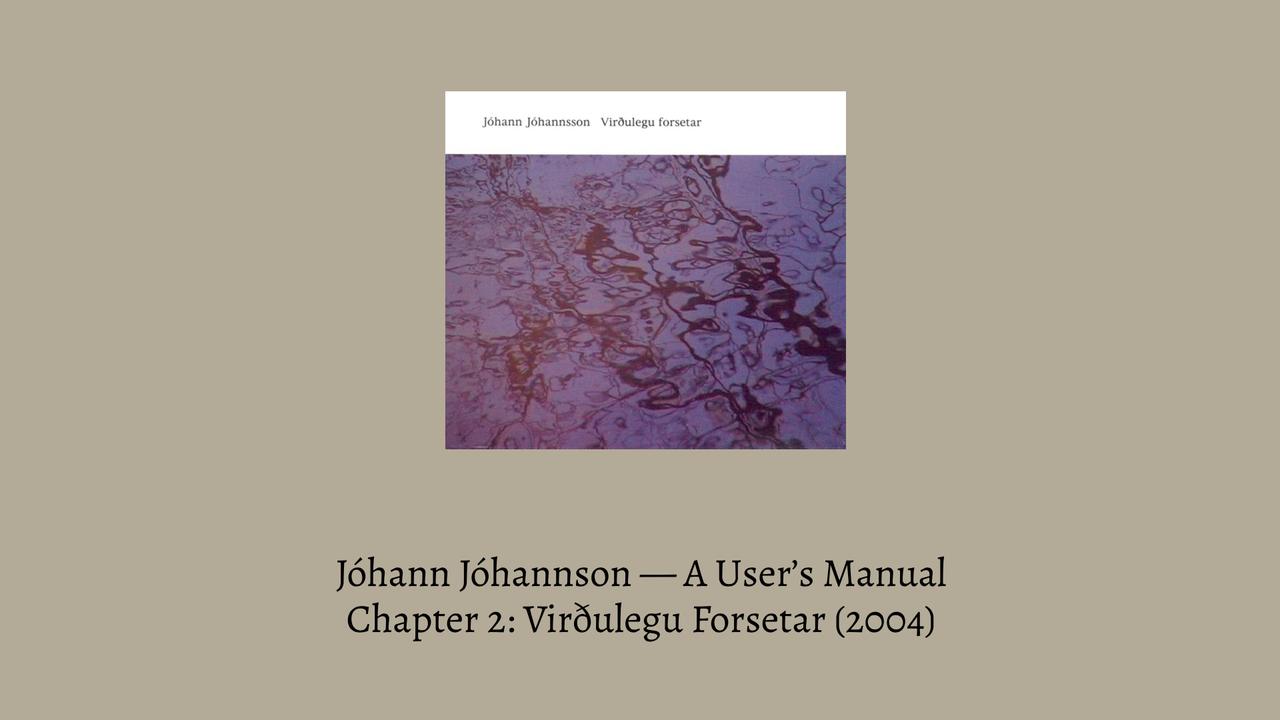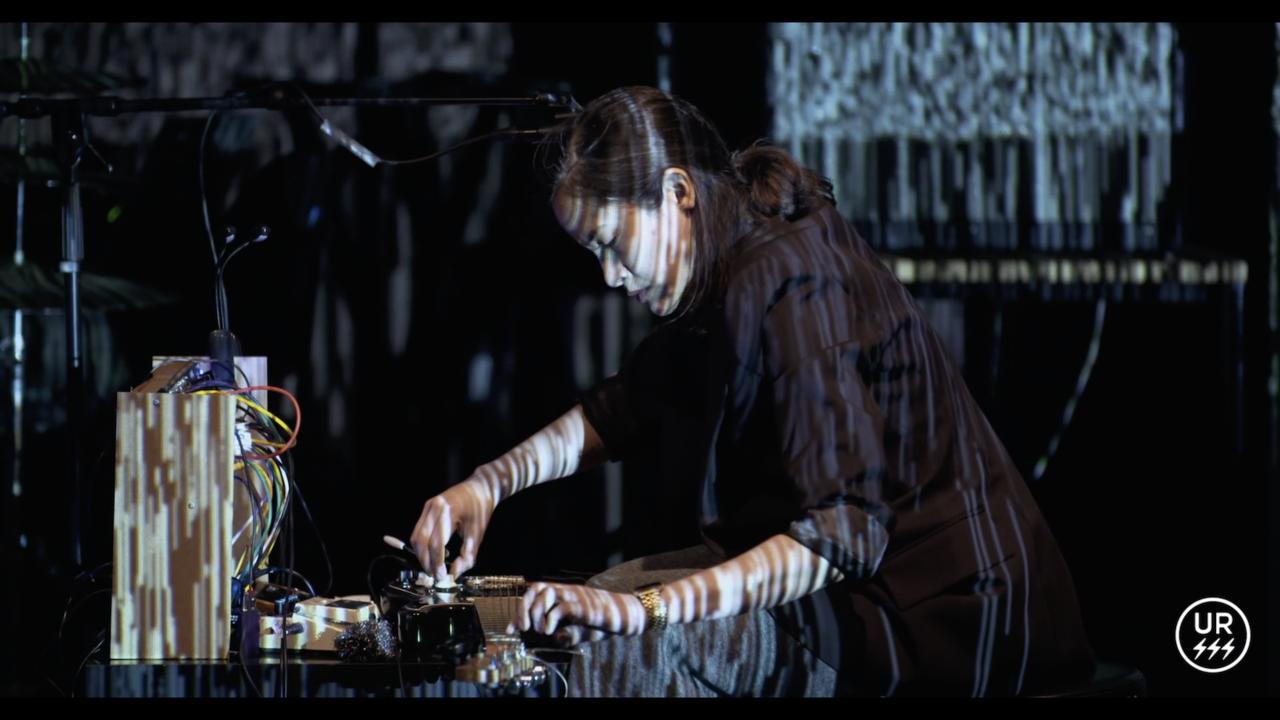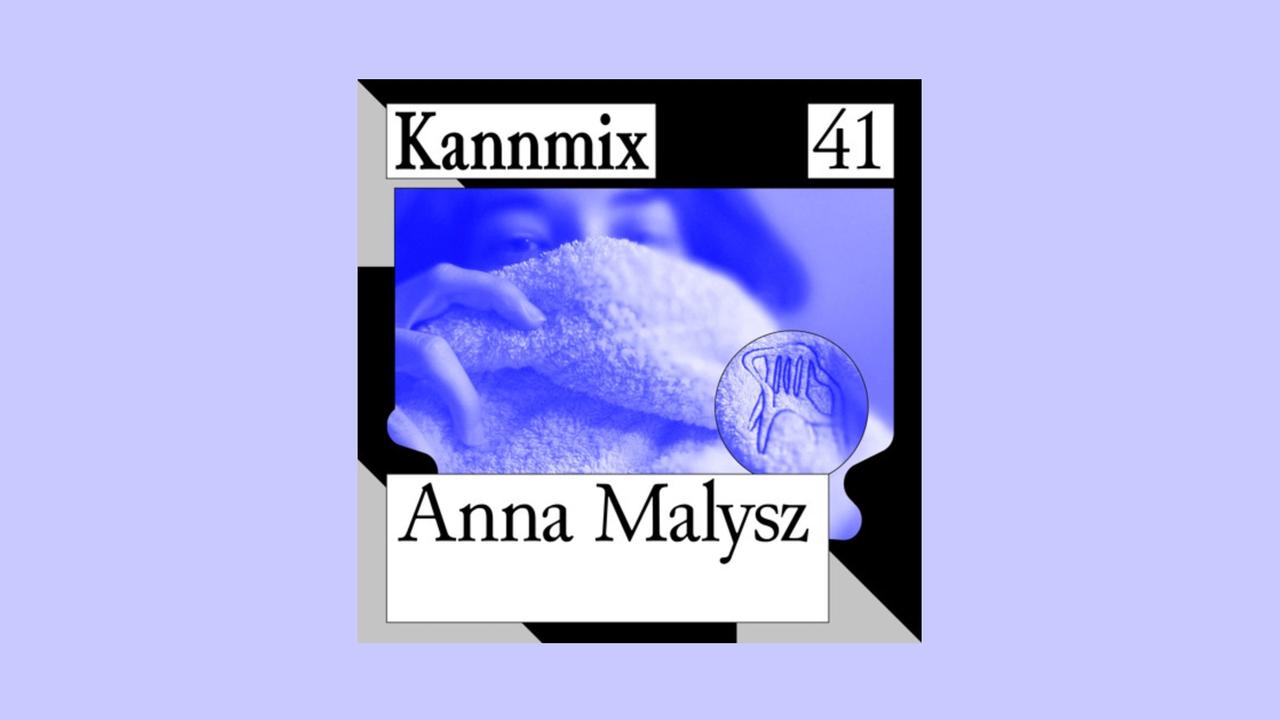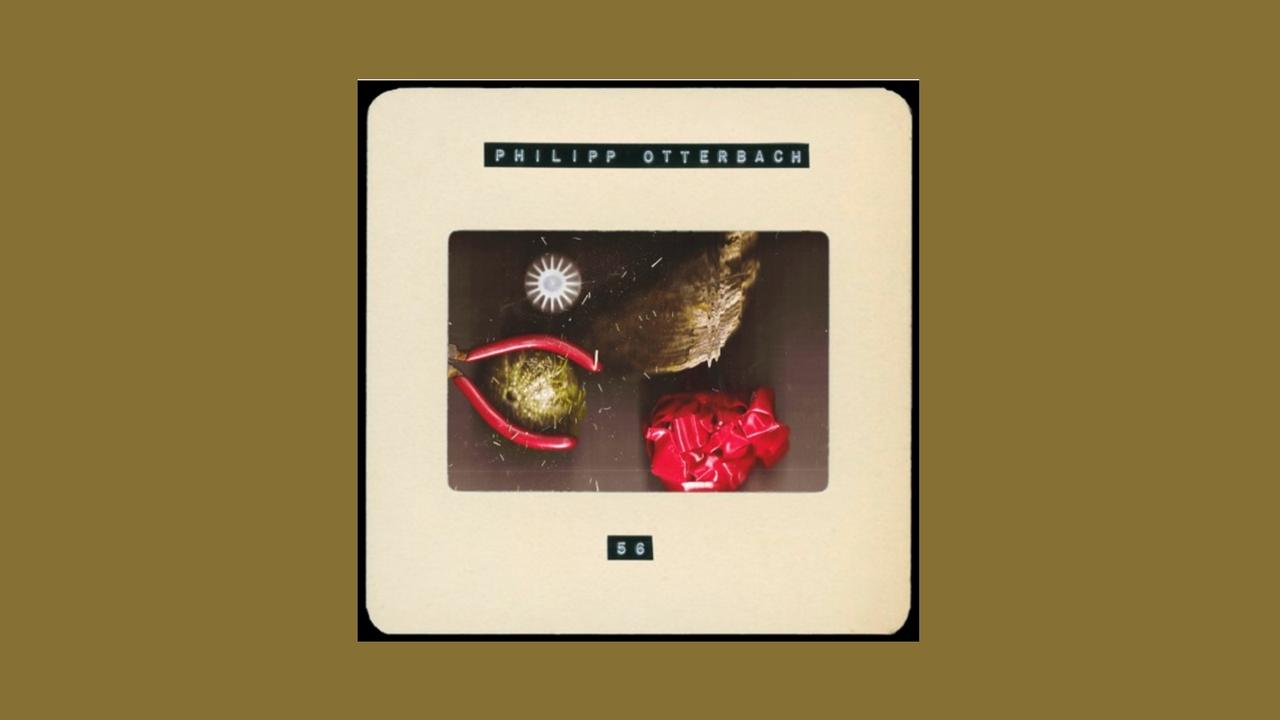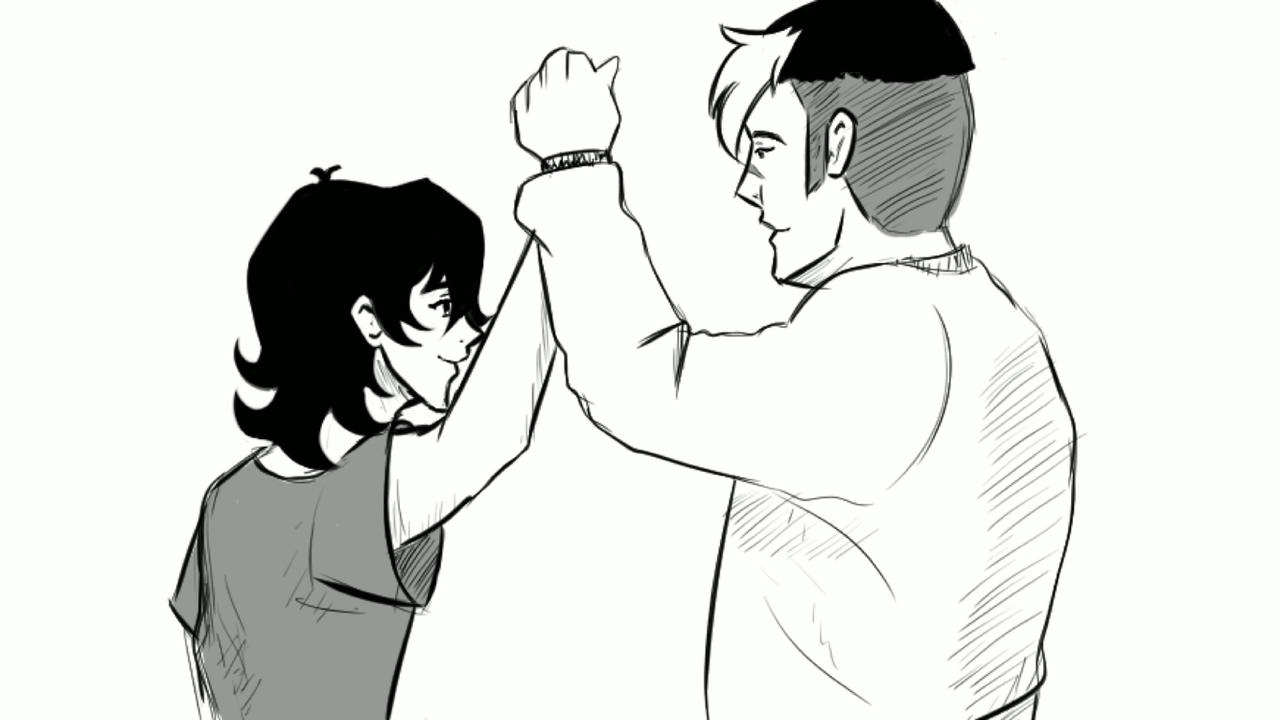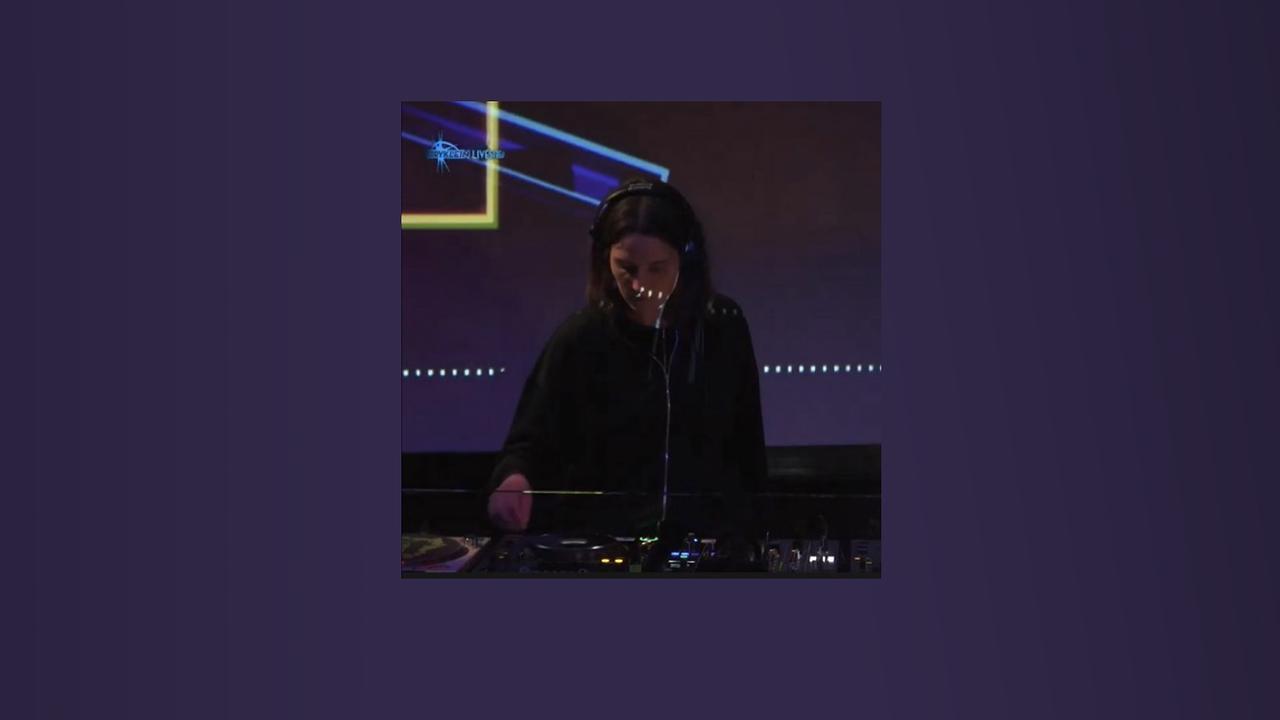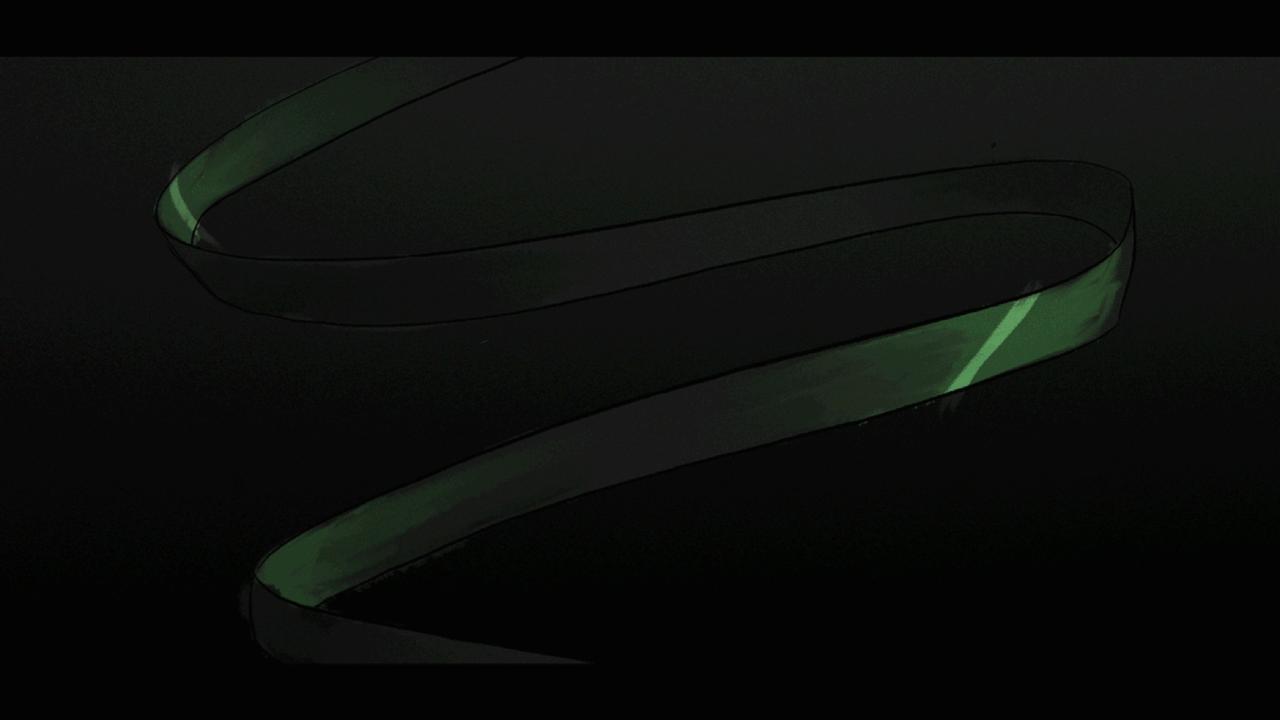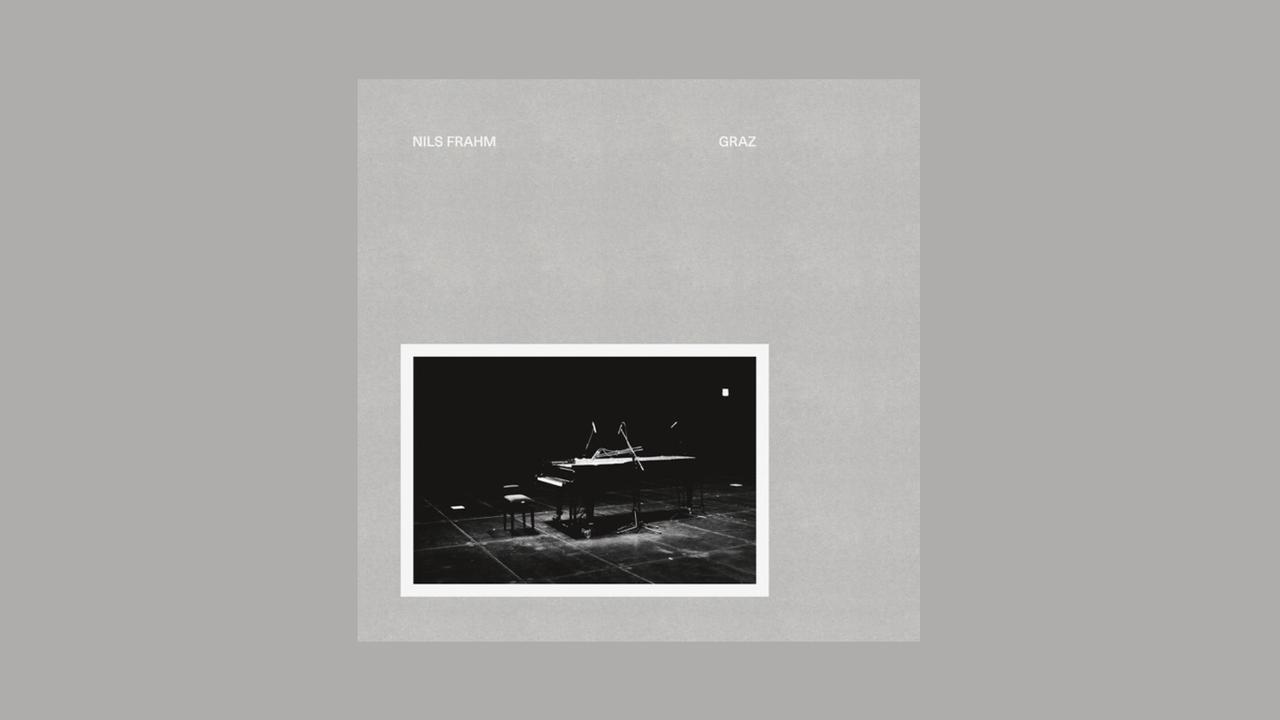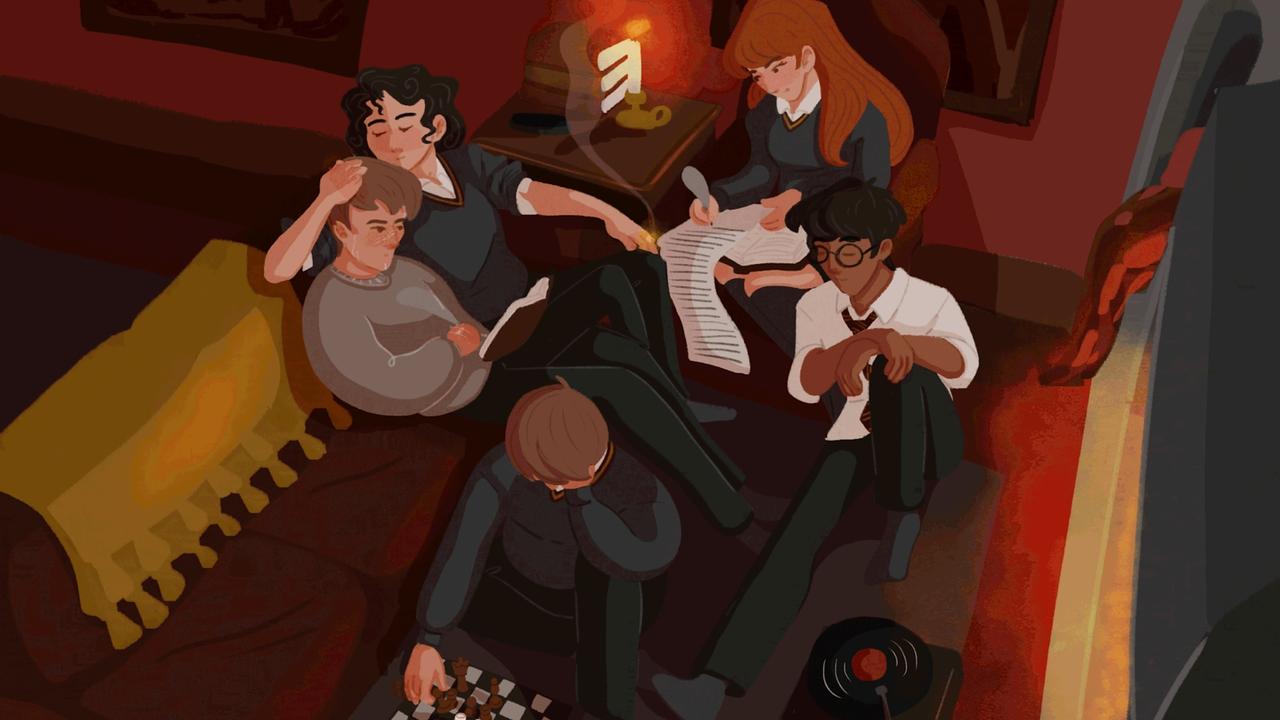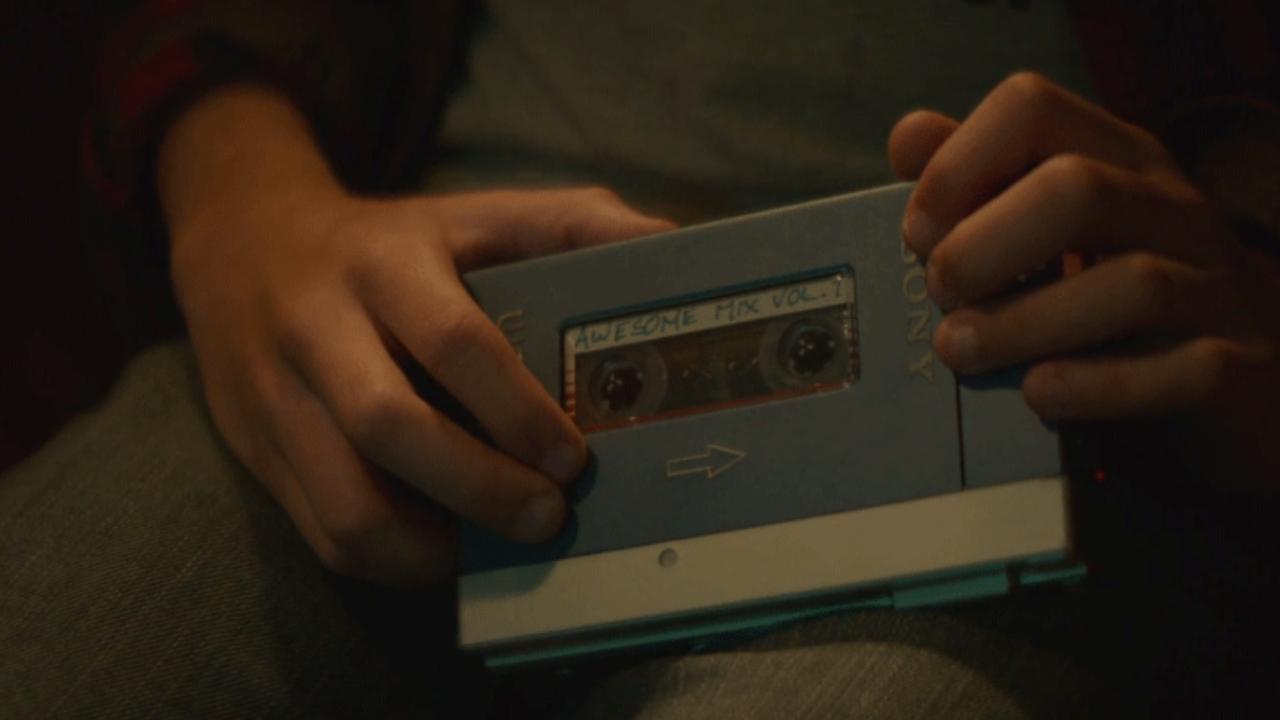Jóhann Jóhannsson – A User’s ManualChapter 4: IBM 1401, A User's Manual (2006) – English
10.5.2021 • Sounds – Conversation: Kristoffer Cornils, Thaddeus Herrmann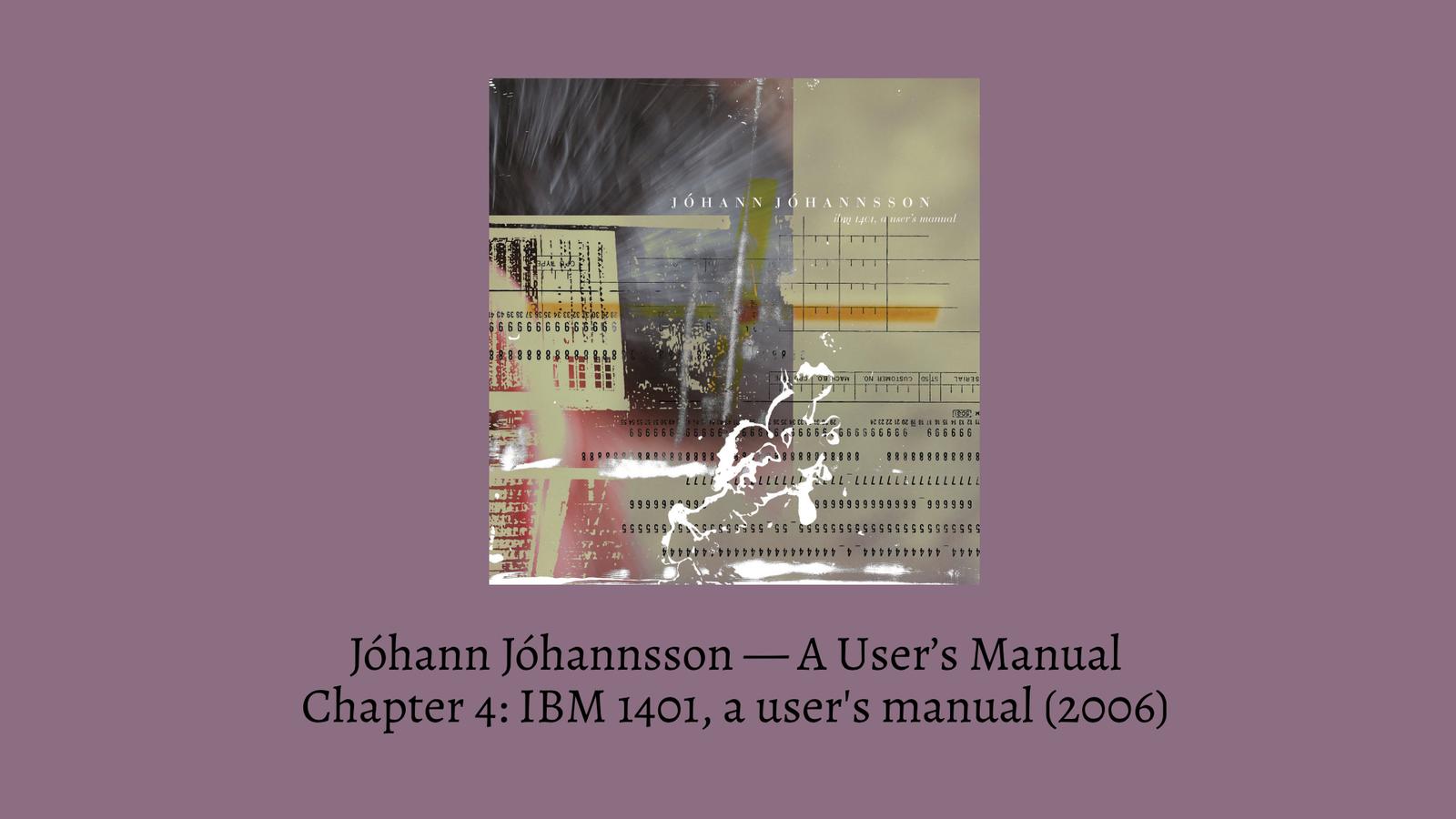
Jóhann Jóhannsson has released well over 20 albums in his career. And who really knows how many sound documents still lie in the drawer that could see the light of day posthumously. Once a month, Kristoffer Cornils and Thaddeus Herrmann review the composer's work - chronologically, album by album. In May, they both tackle "IBM 1401 – A User’s Manual" - the fourth solo release by Jóhannsson, who died far too early in 2018.
Deutscher Version? Hier klicken.
An island nation (Iceland), technological progress (computers), a manufacturer (IBM) and the father of a composer who died way too soon (Jóhann Jóhannsson). These are the rough coordinates of Jóhann's fourth solo album. Gone are the days of Touch, gone are the days of small, often improvised instrumentation. Instead, the philharmonic orchestra from Prague played what complemented and completed the sparse fragments of ring modulator, distortion, filter and the sounds of the IBM 1401.
Thaddi: It could well be that we are dealing with Jóhann’s most personal record here. It is based around a piece of his family history. And of course, the title of the album is also the namesake of our project. His father — Jóhann Sr.— worked for IBM from the 1950s to the 1980s and was responsible for the installation, support and programming of the first computer on Iceland, an IBM 1401. First of all, I find this interesting, in terms of cultural and technological history. Of course there were computers in Iceland. But I have never thought about it. Well, I neither spent much time thinking about the mainframes in use at Deutsche Post or Siemens in Germany, or at AT&T in the USA, but who thinks about technological progress in Iceland!
Be that as it may. Father Jóhannsson not only inserted punch cards into the behemoth, he also contemplated on the inner workings of the machine and basically hacked the computer, or rather used the weak points of the still new technology to make other things with it: music. Jóhann Jr. described it to me like this in 2015: "He put a shortwave radio next to the part of the computer where the internal memory was. Then he programmed the memory and the radio caught the electromagnetic radiation from the memory as sound. It was more or less a classic sawtooth wave. My father developed an algorithm that made it possible to modulate this tone and make the IBM play little melodies. Pop songs, Mozart, it was all there." The story from his father's perspective can be read in an interview from 2019. This was when I shed some tears first.
The album is in part based on samples/voice recordings from IBM, some kind of manual turned into a radio play, explaining maintenance for the machine, probably matching slides. Thanks to that, the technicians were able to correct faults and keep the machine in order by first and foremost refilling the oil. We should remember this when we open our MacBooks or iPads today. So, these samples merge into a five-part composition which picks up the thread of "Englabörn" again: well formulated orchestral figures which kind of dance around the speech samples and hold their own in the best possible way. Add to this a vocoderized voice, ready for the afterlife. Of course, the son didn't expect his father to outlive him. Shedding some more tears.
There are two levels here: on the one hand, the intergenerational. The father who introduced the son to this technology and many years later becomes the dedicatee of its creative potential. And on the other hand, there is the interaction between man and machine in general.
Kristoffer: While you're searching for your tissues, maybe I can try to place this work in Jóhannsson's development. "Englabörn" showed us the compositional, "Virðulegu Forsetar" the conceptual-emotional and "Dís" the community-oriented Jóhannsson. With "IBM 1401, A User's Manual" I think we finally meet the theme-orientated Jóhannsson. There are of course two levels here: on the one hand, the intergenerational. The father who introduced the son to this technology and many years later becomes the dedicatee of its creative potential. And on the other hand, there is the interaction between man and machine in general. I find it exciting how this alleged polarity is negotiated. Let's already jump to the end of the record: "The Sun's Gone Dim and the Sky's Turned Black" is based on a poem by Dorothy Parker, who said everything there is to say about unrequited love in just four lines:
The sun's gone dim
And the sky's turned black
'Cause I loved her
And she didn't love back
Jóhannsson genderflips the text, giving it a decidedly personal touch, also because he sang, or rather recorded, the passage himself. But of course the voice is manipulated. Just as the computer voice on "Odi et Amo" — a small but decisive correction: apparently it was not a vocoder after all, as I have claimed in February — played with an overlapping of the (all too) human and technology, this piece further blurs the lines between those two poles. The maintenance instructions you mentioned earlier are also quite interesting in this context. They come from the same tape that Jóhann Senior once used to record his sound experiments with the IBM 1401; technical remains that have been reclaimed for a creative project. This is quite moving as well, since the technology and the required care to keep it up and running has already been obsolete by the time the album was made. It was the laptop age after all, the Web 2.0 began to flourish. So there is a form of mourning that also characterises Jóhannsson's later works like "...And in the Endless Pause There Came the Sound of Bees," "Fordlandia" and "The Miners' Hymns" and finally "Orphée," which takes up very similar motifs. I think that on this record, Jóhannsson establishes the defining themes of his work as a composer: progress and the losses that inevitably accompany it. So much for that. How do you actually like this album, as a listener?
Thaddi: Flawlessly argued and actually we could already close with this analysis. But thanks for asking! It used to be — on a purely musical level — my favourite Jóhannsson album. However, my starting points are very obvious, which doesn't make them any less valid and important. To me, Jóhannsson's famous dual subtlety manifests itself for the first time on this album. The orchestral arrangements are as gripping as they are pleasing. But in the mixture of synths, field recordings and above all the samples of the IBM instruction tape, something emerges that I can still get into and above all want to get into. It is a personal thing. Everything meta, even in the evolution of the artist, doesn't matter to me at first. When a voice with a British accent from the 1950s speaks to me and talks about computers and I hear strings on top of that, I'm in heaven! That's enough for me at first.
Kristoffer: I wouldn’t want to bring you down, of course. However, I think that as a listener I don't have a particularly intimate relationship to this album and therefore prefer to think about the actual topic of the album. Let me run a thesis by you, one you probably will not agree with: this is Jóhannsson's first real orchestral work, 60 people in Prague playing his compositions; a completely different order of magnitude than the rather modest "Virðulegu Forsetar." And I think it is quite noticeable that he has not yet fully mastered the orchestra as an instrument. From a musical perspective, I consider "IBM 1401, A User's Manual" a sort of preliminary sketch for "Fordlandia," on which his skills as a composer for the orchestra really unfold for the first time. At least that's what I think. What I find exciting, of course, is the interaction between these almost musique-concrète-like sounds, the voices and the orchestra. He tries out a lot here, works with the mix, creates a lot of depth and very skilfully layers the individual elements on top of each other. But I also think that the dramaturgy is far from gripping. Or wouldn't you agree that the middle part is a bit too ponderous?
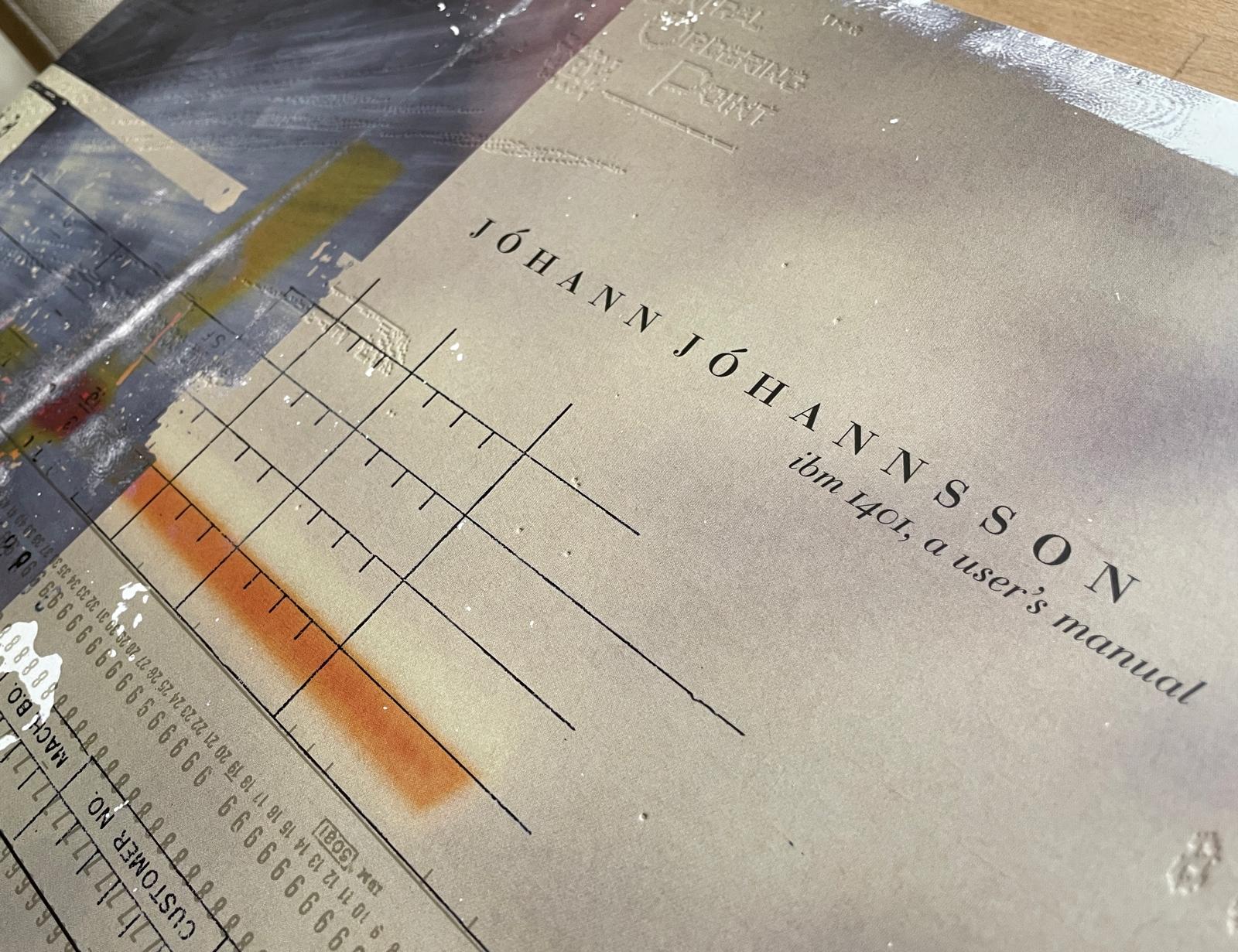
Thaddi: First of all, let me elaborate on why I appreciate this album so much: I come from a generation where samples meant the world. That applies to this album in two ways: there's the IBM instructions, and then there are the "other sounds." But I also come from a generation in which the orchestral in general or strings in particular were always canned. There were aesthetic highlights, but it remained digital, with the exception of analogue string ensembles, which makes no difference in this context. So I feel that the orchestral work here is quite well executed. I don't hear any overburdening. Of course, it is important to keep an eye on the development of the artist, but here I can think back to my initial situation at the time: when this album was released, I had not yet heard "Fordlandia" because it had neither been composed, nor recorded, nor released. This record is my first "real-time" experience with Jóhann's work. What stroke me the most – and still does – is the apparent movement in the composition. It is so stirring in all its stillness. Perhaps it is unrighteous to speak of dramaturgical deficits here. Honestly, I know exactly what you're aiming at and I totally understand. But in the work of Jóhann Jóhannsson, I feel that it is less about the clear and final definition of compositional challenges or standards, but rather about the fact that certain motifs and elements appeal to you, completely carrying you away. If this is not the case, the whole record is lost for you. No big deal. But the emotional connection to his music is still more important to me than compositional comparisons, classifications or localisations in his overall oeuvre, which lead to nothing anyway.
Kristoffer: I guess, in the fourth episode of our series, we've finally come to a fundamental disagreement in the way we approach Jóhann's music. And I do think this is fantastic. Personally, I prefer to listen to and receive Jóhannsson in his entirety, as a sum of individual parts and less by clinging to individual motifs and elements that appeal to me, even though there are of course always a lot of them, also on this album. So for me, "IBM 1401, A User's Manual" is also a work in which two specific elements — orchestra here, samples there —have not yet fully come together. Also, perhaps a third dimension is completely missing: the album was created in close collaboration with Erna Ómarsdóttir, a dancer whose father also worked at IBM. She developed a choreography specifically for the album. Now, with "Englabörn" and "Dís," we have already discussed two albums without having seen the works for which they were written: a theatre piece and a film. This worked out just fine. In fact, I don't think I necessarily need to have seen Ómarsdóttir's movements for this music to take me away. On a musical level, however, I sense a certain lack and can't quite wrap my head around that. That's why I limit myself to the theme of the album. In that respect, it is extremely exciting. The basic samples, as Jóhannsson also writes in the liner notes of the reissue, were recorded at a very specific occasion: the funeral ceremony for the decommissioned machine in 1971. Despite being oiled regularly, it was put out of service. At this ceremony, Jóhann's father played the pieces which were recorded on the instruction tape which advertises the preservation of the machine by all means. This obvious discrepancy between progress and melancholy is what is actually interesting about this album, at least for me. That "The Sun's Gone Dim and the Sky's Turned Black" of course also grips me emotionally, that I have feelings throughout the ups and downs of the orchestra, that I get lost in the small, very intelligently embedded sounds in the overall mix, is beyond question. I still probably rather intellectualise this album because these moments occur only partially and not consistently. Which is a pity if you ask me.
Thaddi: I have several questions and comments. Firstly: you always follow the big context. That's ok, but sometimes it's also a hindrance. I have the suspicion that you can't just let yourself fall into a record without always thinking: OMG, what did they do before, why does it sound like that now. You are absolutely right with what you said. The album flattens out in between. However, I am patient, simply because the basic musical themes grab me so much that I'm willing to go through this "dry spell." A phenomenon I will have to relate to on some of Jóhannson's later albums. But seriously. Letting go is not your thing, is it?
Kristoffer: No! I cling to it harder and harder instead. You're totally right, of course. I usually take the intellectual route when it comes to music – and then sometimes a few questionable detours once I'm inside. But just as going down that path sometimes makes me realise why I feel a certain way about a piece of music, it can also lead me to the emotions themselves. I would never say that "IBM 1401, A User's Manual" is not a good album. It is just that I don't find the music consistently good. That may seem paradoxical as a statement to some people, but in my world it makes perfect sense. In fact, it probably speaks for Jóhannsson. He was able to draw you in as someone who listens with his heart first but also me as a notorious intellectual listener. As a composer he has always managed to unite big emotions with similarly great themes. Not yet to perfection on this record, in my opinion. But then I cling to one side, you feel perfectly at home on the other. That's actually a great compromise, don’t you think?
Thaddi: Totally. Even — and this is important to me — if I don't want to be perceived as someone who just lies there spread-eagled as soon as one or more emotional receptors have been triggered. I can tell the difference very clearly. What is deep and relevant, what is just a rip-off? I consider this album to be very deep and just as relevant. And that's why it's still so important to me today.
